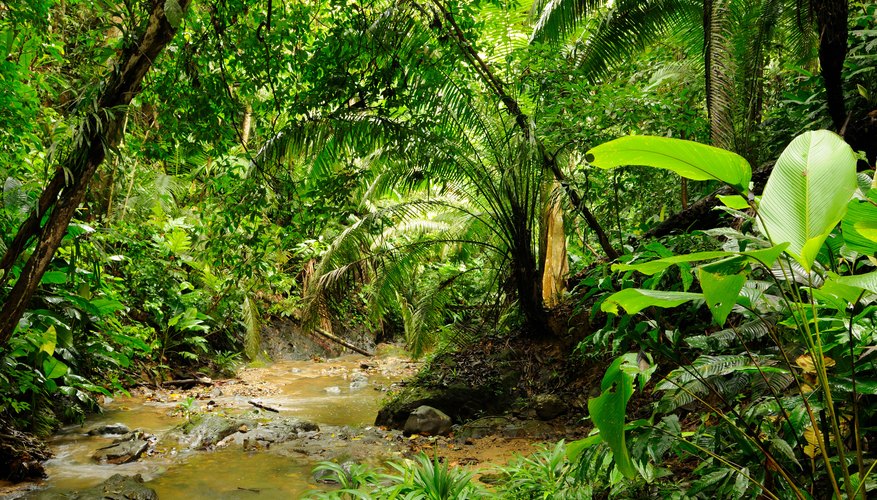During the 1950s and early 1960s, shallow-water diving was routinely undertaken in a valveless unpressurised drysuit, e.g.:
In February 1961, the
Santa Cruz Sentinel published the above article about the "Golden Tiger" drysuit made in Loveland, Ohio, by the So Lo Marx Rubber Company. This "Skooba-"totes" drysuit proved its worth as an exposure suit for a snorkeller diving the Pacific Ocean in search of shellfish for the table.
The "Golden Tiger" drysuit above is from my diving history collection and I have used it while snorkelling in the North Sea off the coast of North East England.
I found the suit warm, dry and liberating for surface snorkelling off North Sea beaches since the thin material will not bind arms or legs when moving through the water. Thanks to water pressure, deeper dives will expel all or most residual air, flattening the suit against the body, but shallower dives will have less impact.
It is all in the preparation. Donning the footed trousers is relatively straightforward, while the hooded top may need a little soapy water or talc for lubrication when passing the arms through the sleeves, especially if perspiring on a hot day. Beach shoes or fins should be worn over the feet to prevent abrasion.
After dressing, suit watertightness necessitates careful sealing of the sleeve cuffs against the wrists, the hood aperture edge against the face and, last but not least, the jacket and trouser waist skirts, which must be twisted together into a leaktight roll between the top and bottom of the suit.
The final stage of the process is venting the air trapped inside the suit. Failure to do so will lead to the suit ballooning in the water and preventing even shallow submersion. Residual air is removed by walking slowly into the water, which will result in the air being squeezed upwards from the trouser legs by water pressure and then released from the suit by raising a wrist or hood seal momentarily from the skin.






